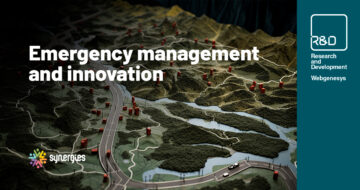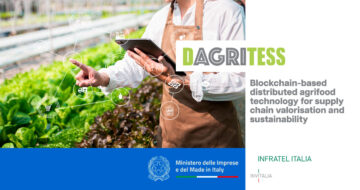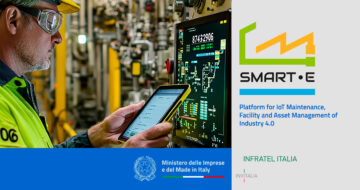EPISECC

Efficient communication and access to critical information is a key requirement for the operations of public safety and security services in emergencies. Inter-connectedness and cooperation between different rescue teams is essential for saving lives and protecting assets. However, the communication capabilities are often compromised or destroyed, either by the catastrophe itself or its aftermath. In these cases, new communication systems must be deployed to re-establish communication.
In a big disaster like an earthquake or big flooding, rescue teams from different entities (e.g. civil protection, fire brigades, police) and different countries have to collaborate. These teams use different technologies and protocols for communication. E.g. for voice communication they may use digital radios based on the digital professional mobile radio standards (such as TETRA or TETRAPOL) or they may use satellite phones when no communication infrastructure is available anymore. These technologies allow a communication between the team members and their control centre but direct communication between different entities from different countries is very difficult or even not possible.
Although voice communication is the essential basis for every communication within the teams, the access to, and sharing of information, for a better situational awareness becomes more and more important.
This information comprises:
- static background information like maps
- dynamic information from technical institutes like weather forecast
- dynamic information from infrastructure providers like information on power availability
- dynamic information from civil protection and emergency management agencies like aerial photographs, available capacities, position of resources, information about needs, incidents,tasks, relieve goods and so on
- dynamic information from the population itself, which can be retrieved via crowd-sourcing or social media
To improve these information and cooperation processes in the future, the EPISECC project follows the 4 main objectives:
- Develop a pan-European inventory of past critical events/disasters and their consequences focusing on the performance of processes, the data exchange and the organisational boundaries
- Develop a concept of a common information space including appropriate semantic definitions by taxonomies and/or ontologies.
- Analysis of existing concepts of interoperability from different domains as basis for the concept of a common information space, identification of new possible emergency and crisis management models
- Validation of the architecture and suggestion of new Emergency and Crisis Management Models


